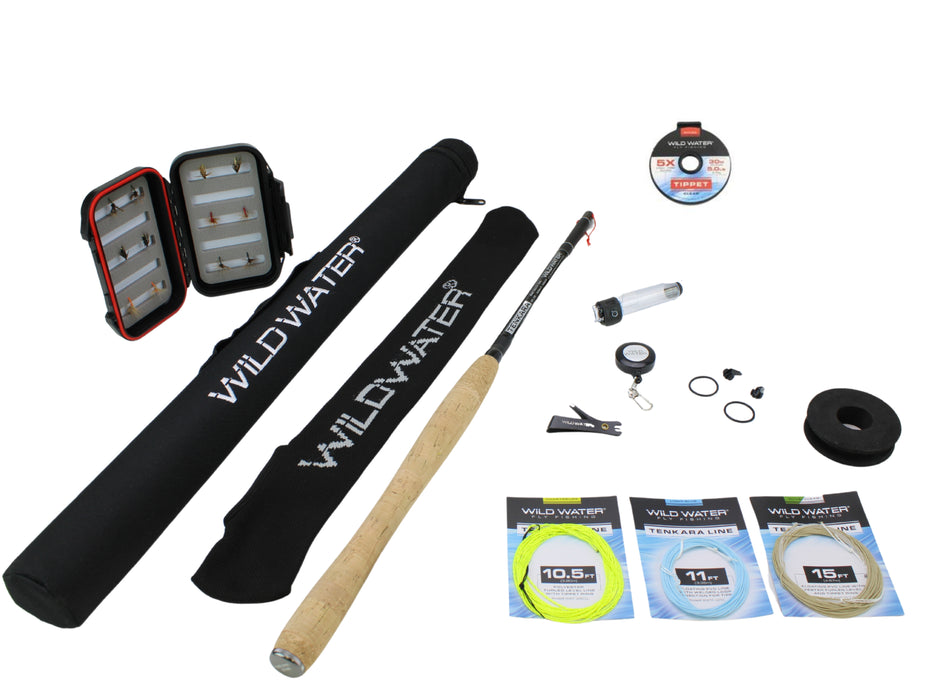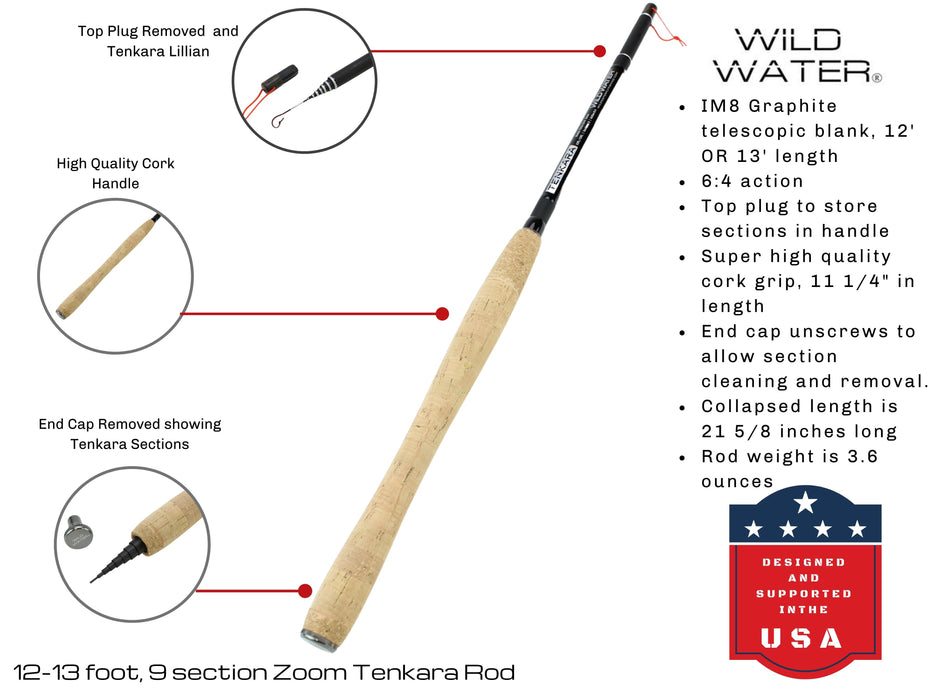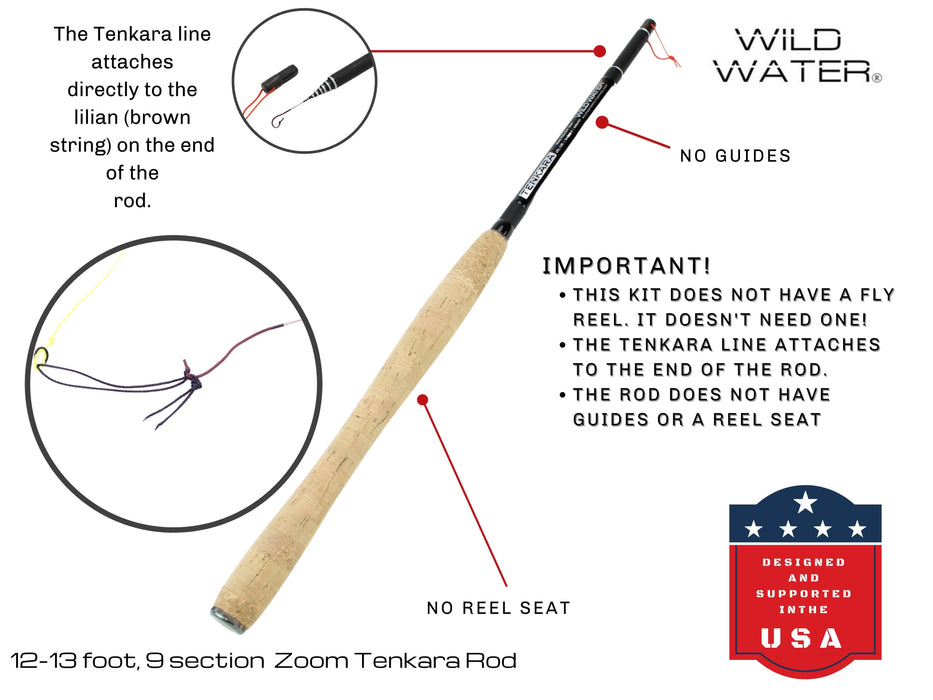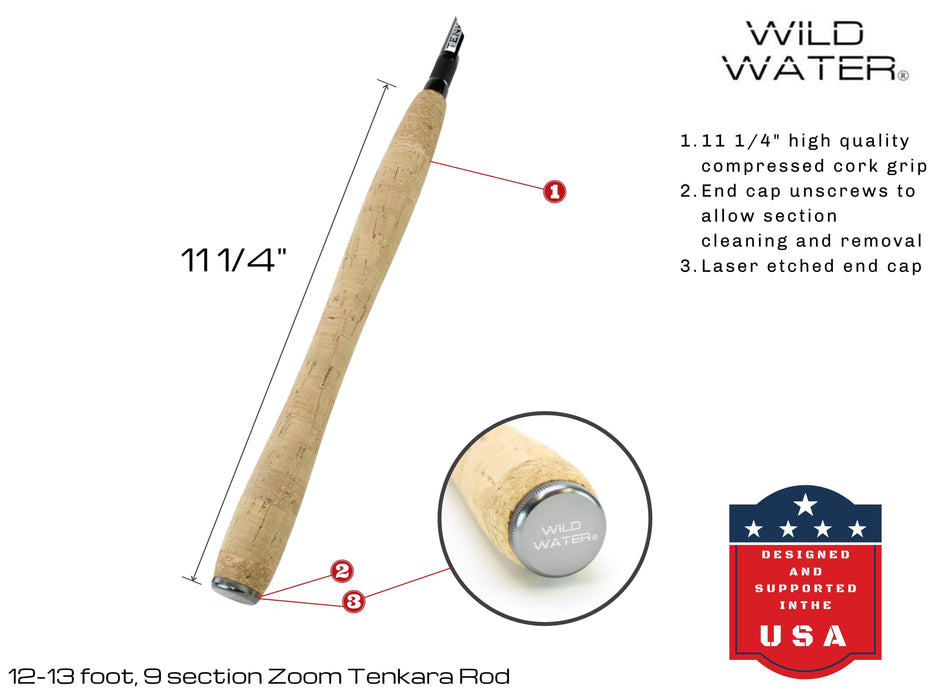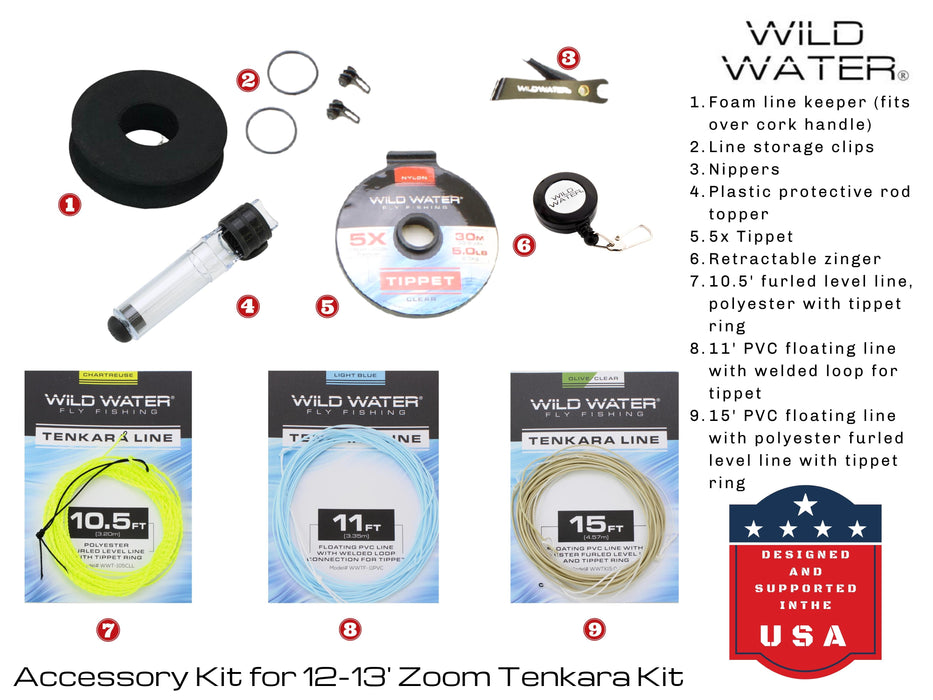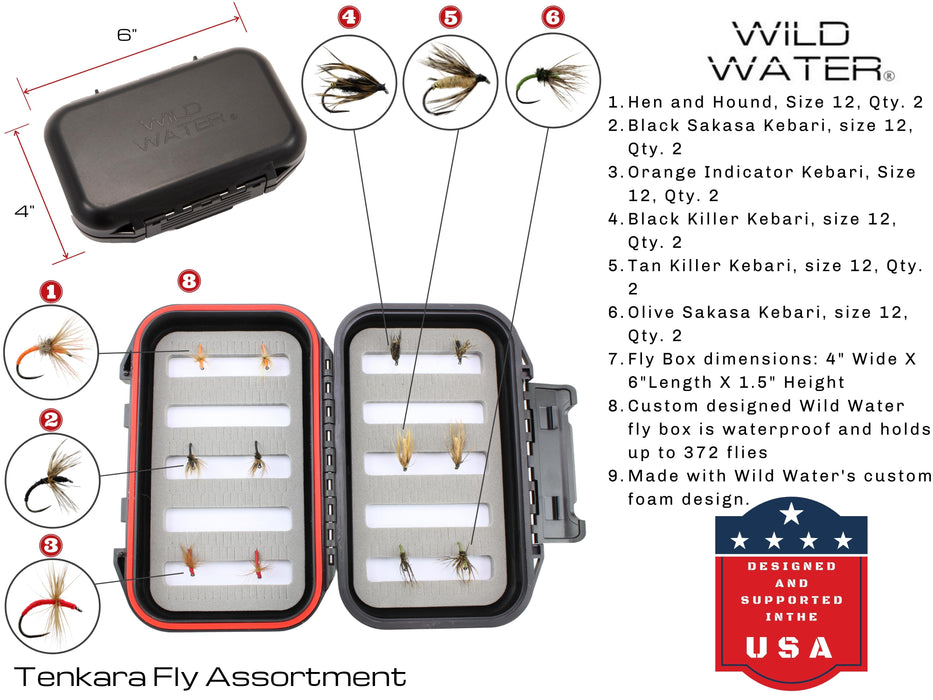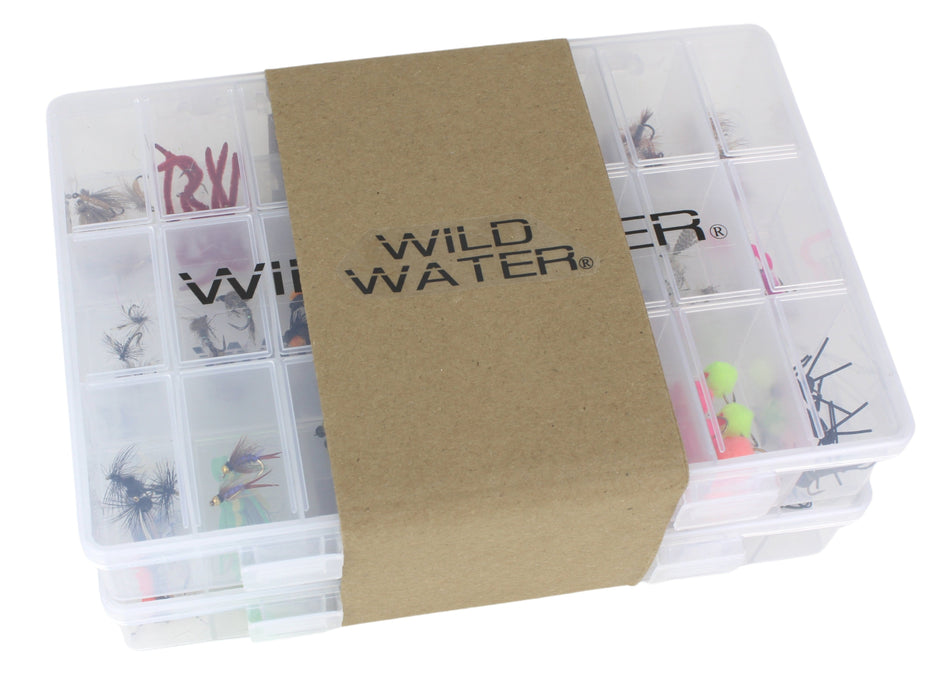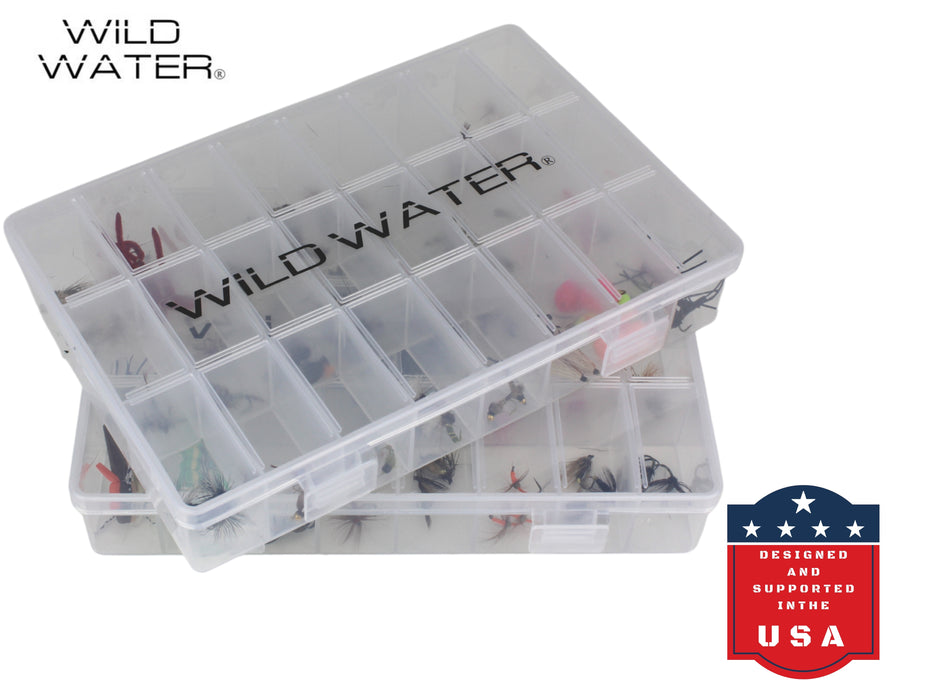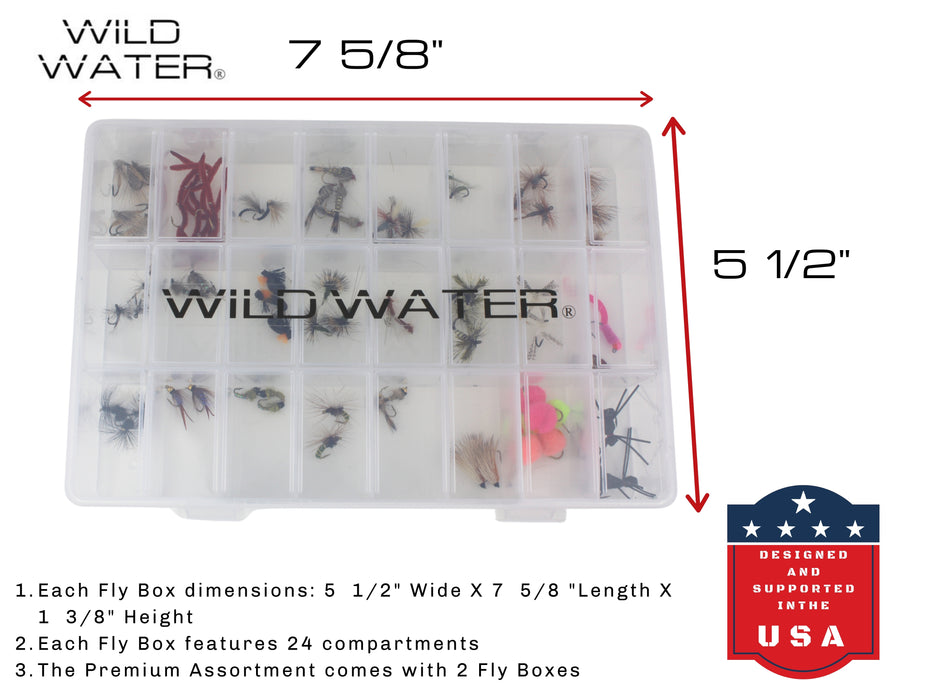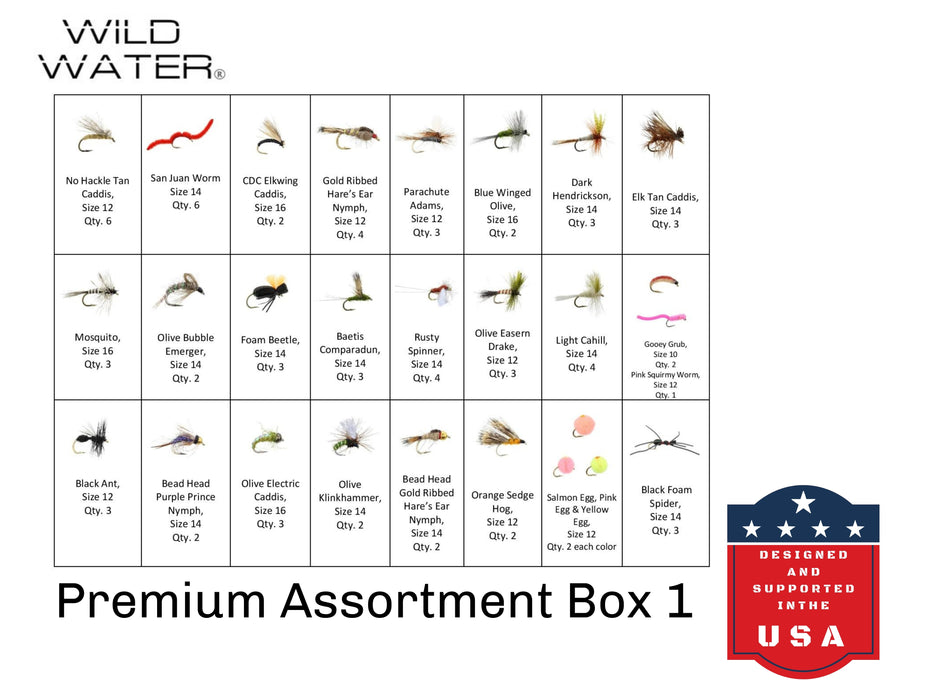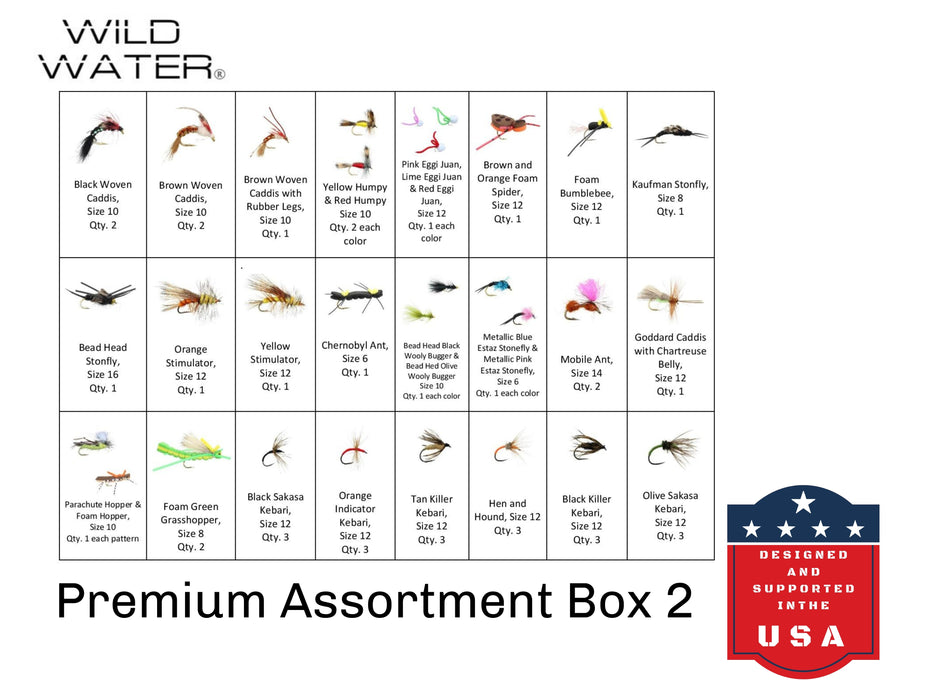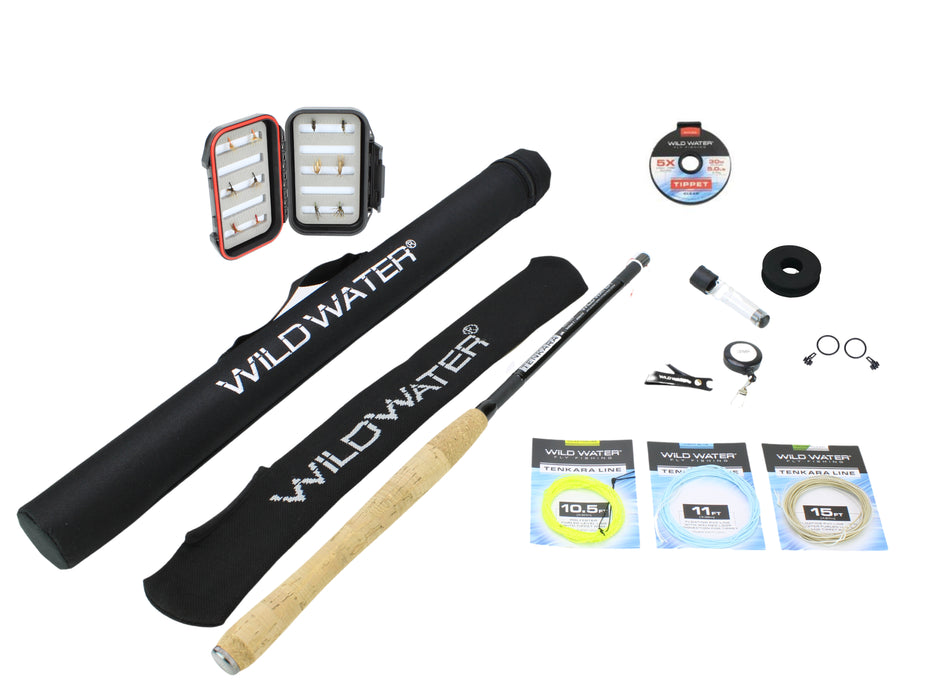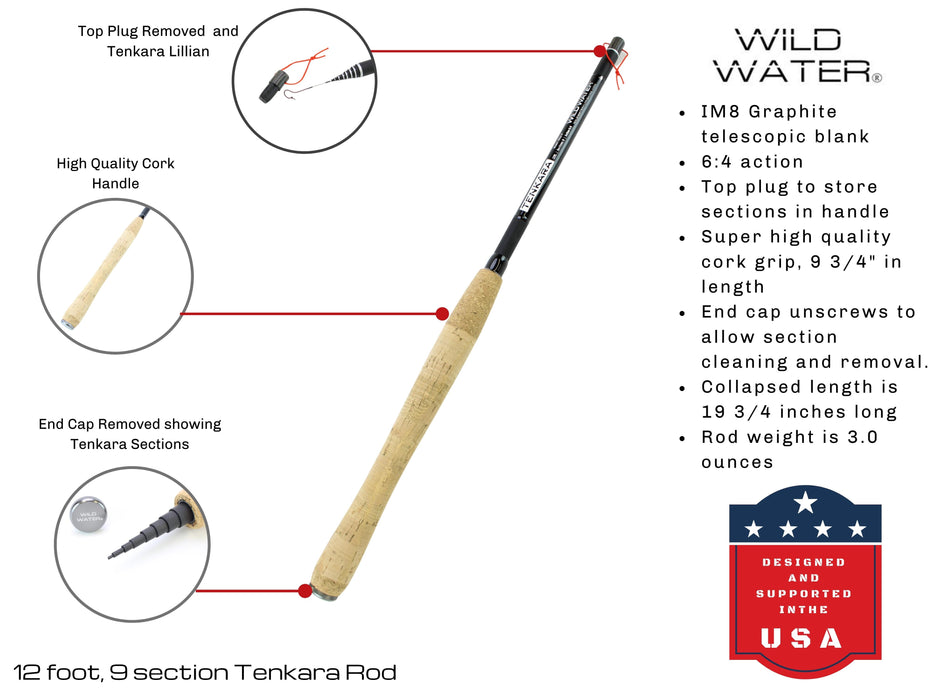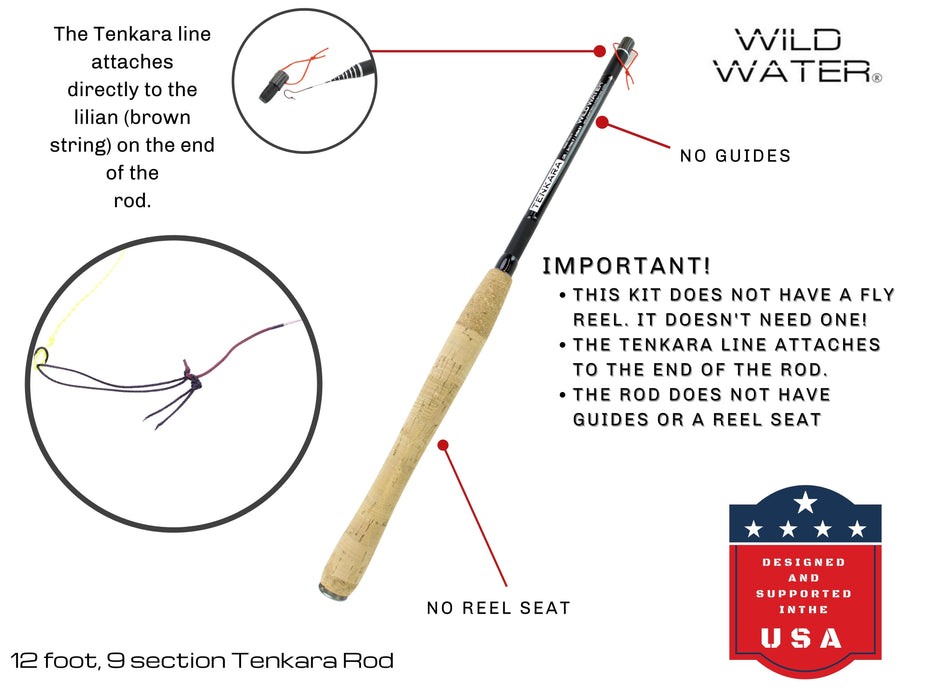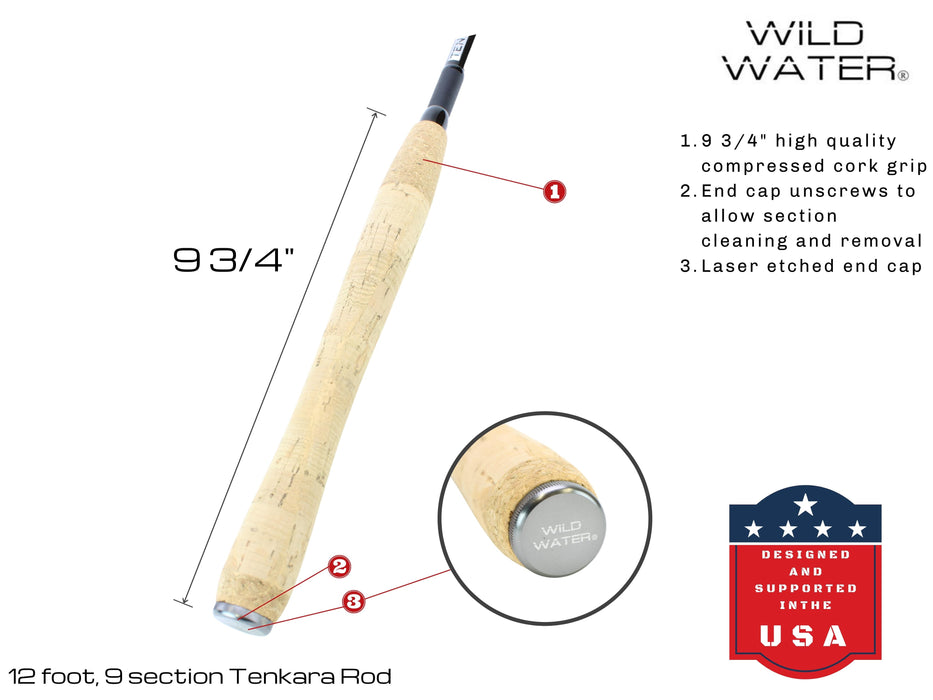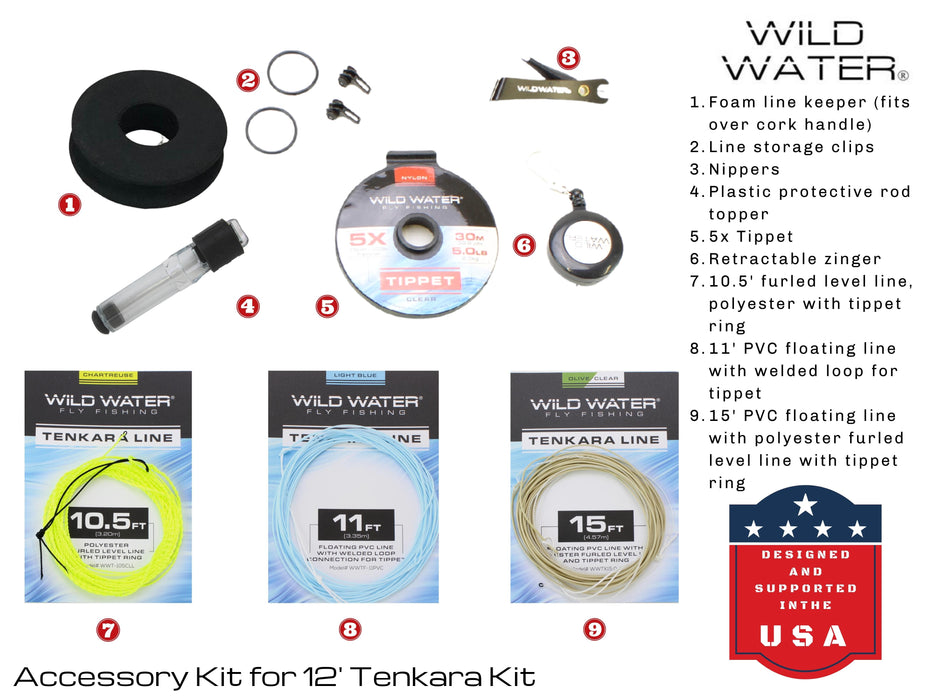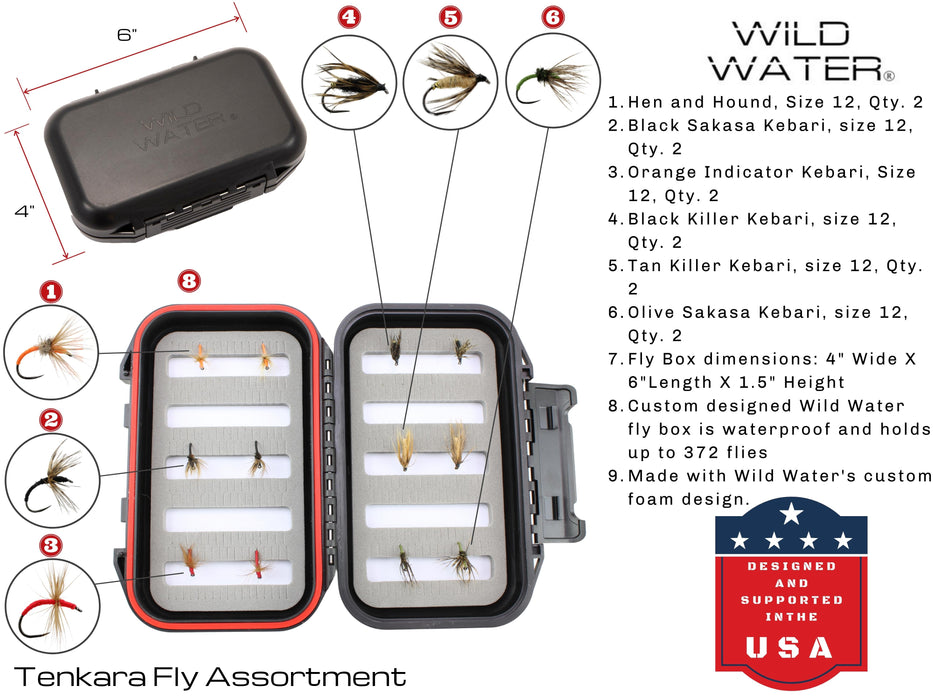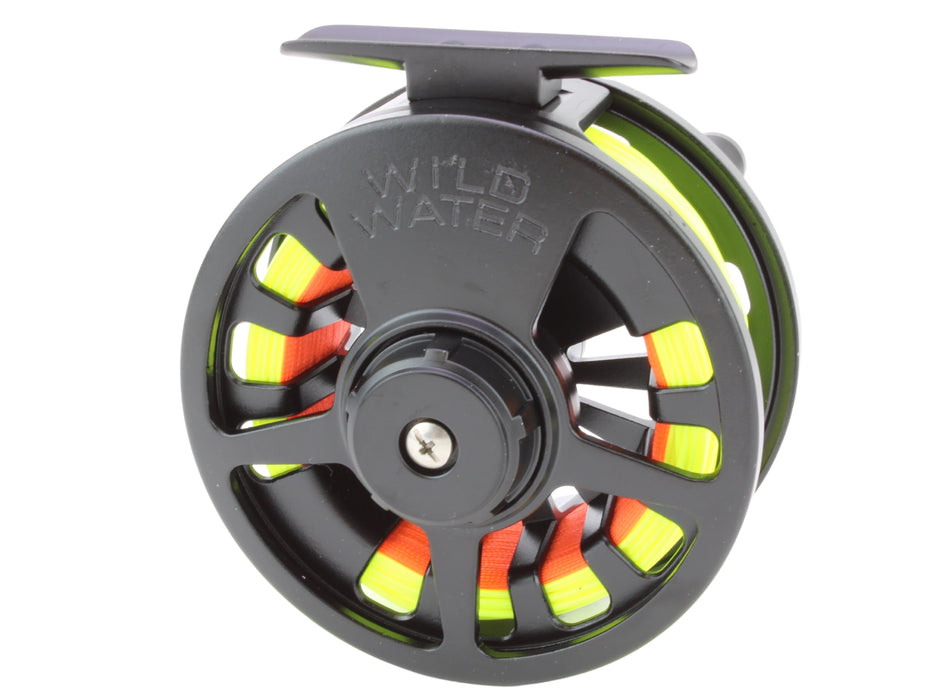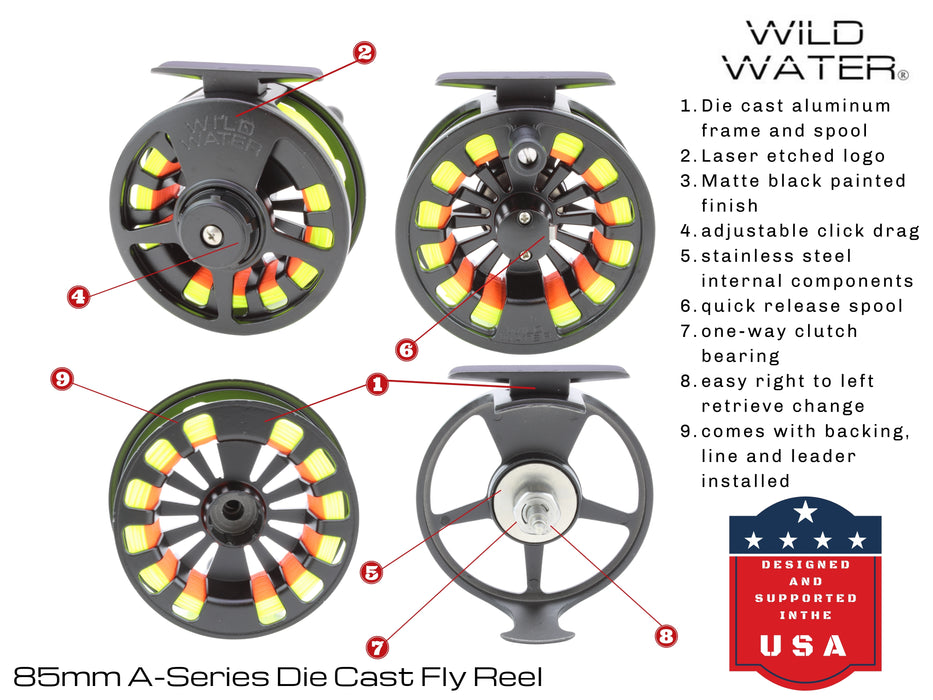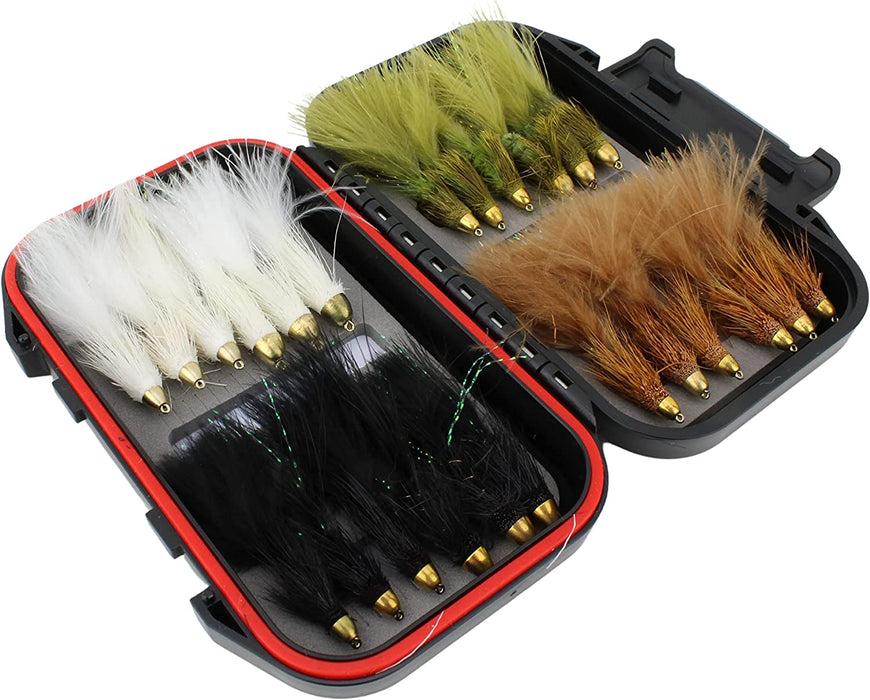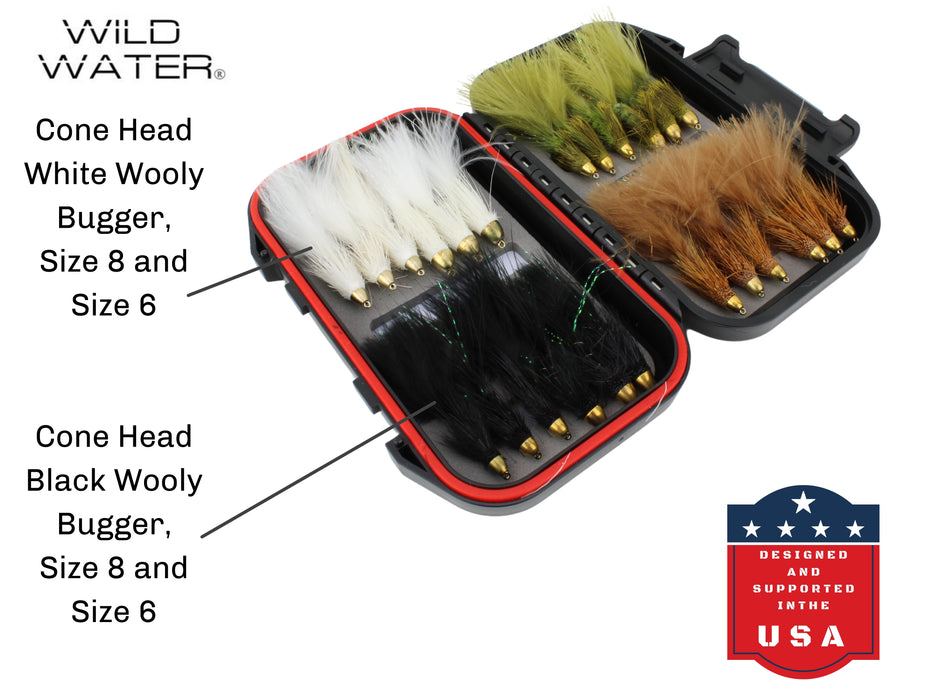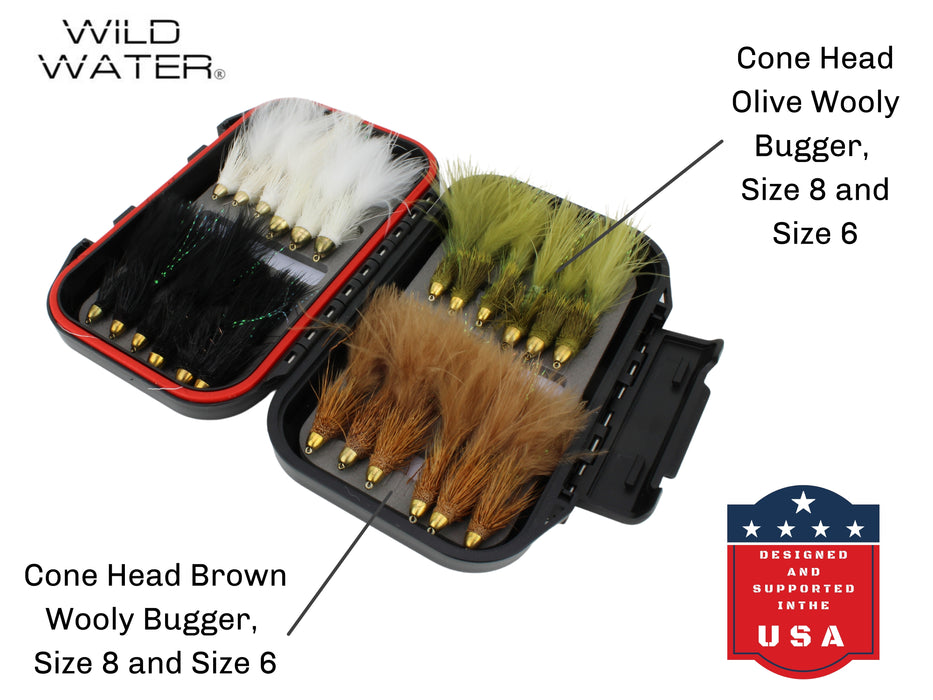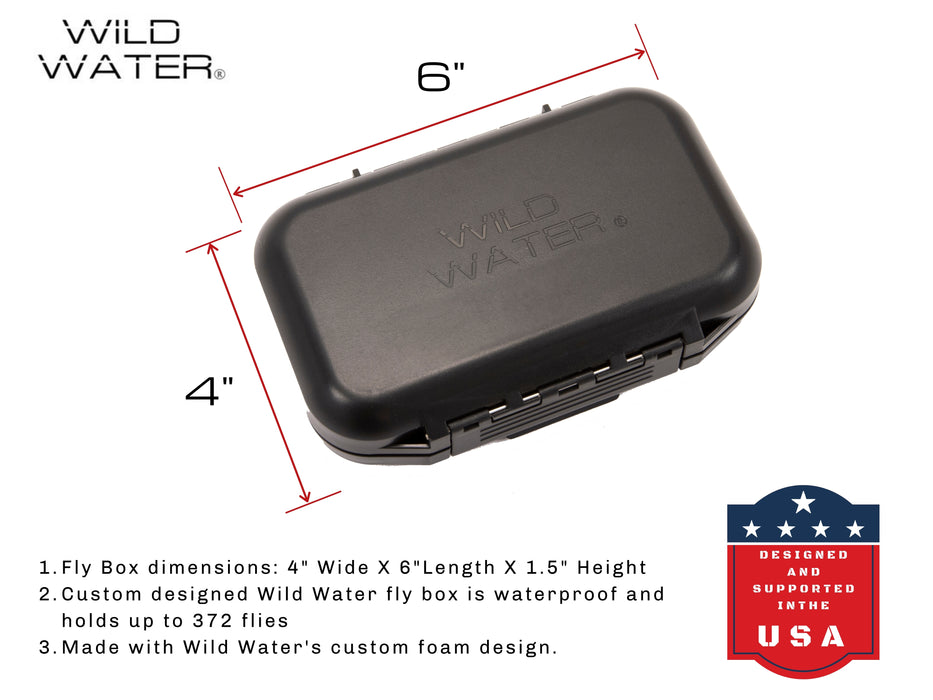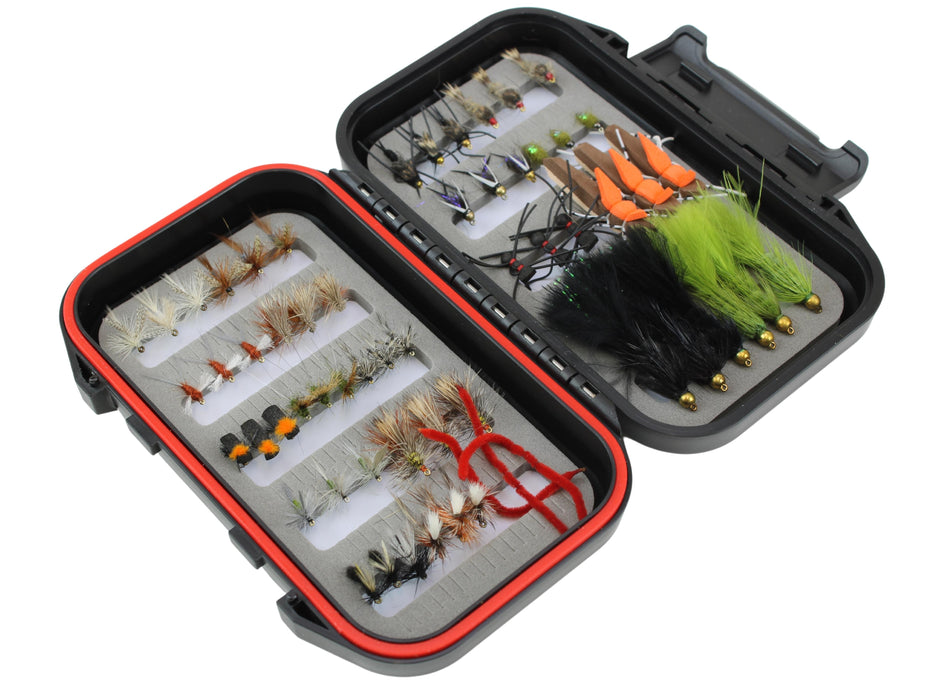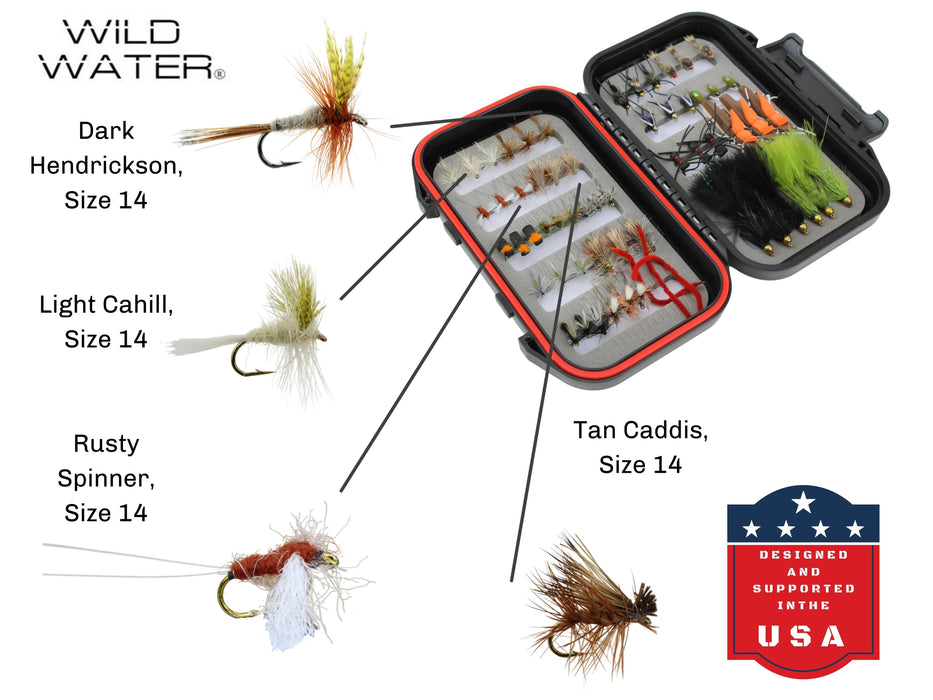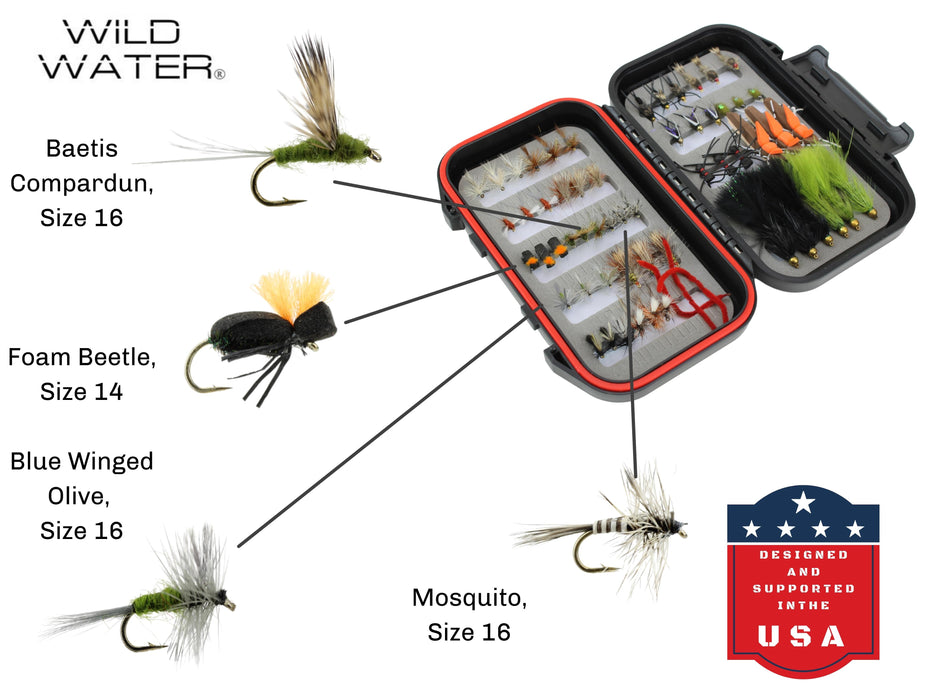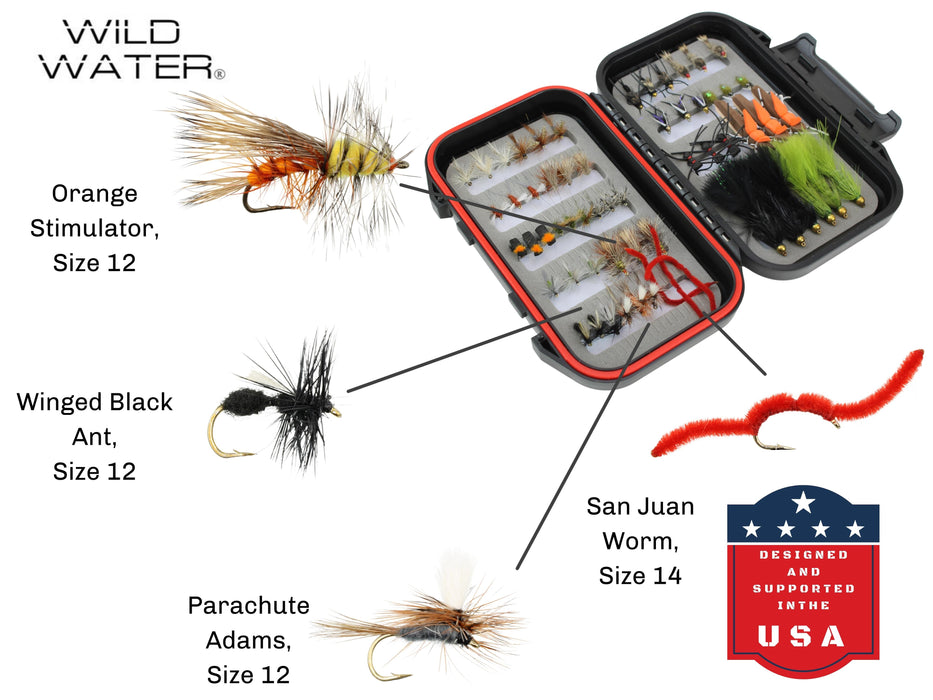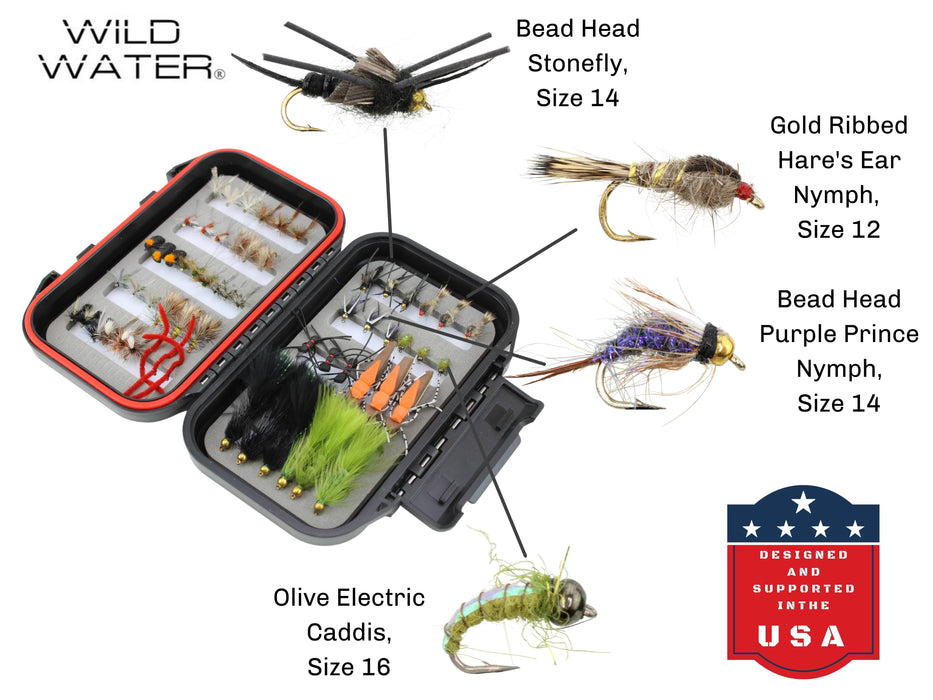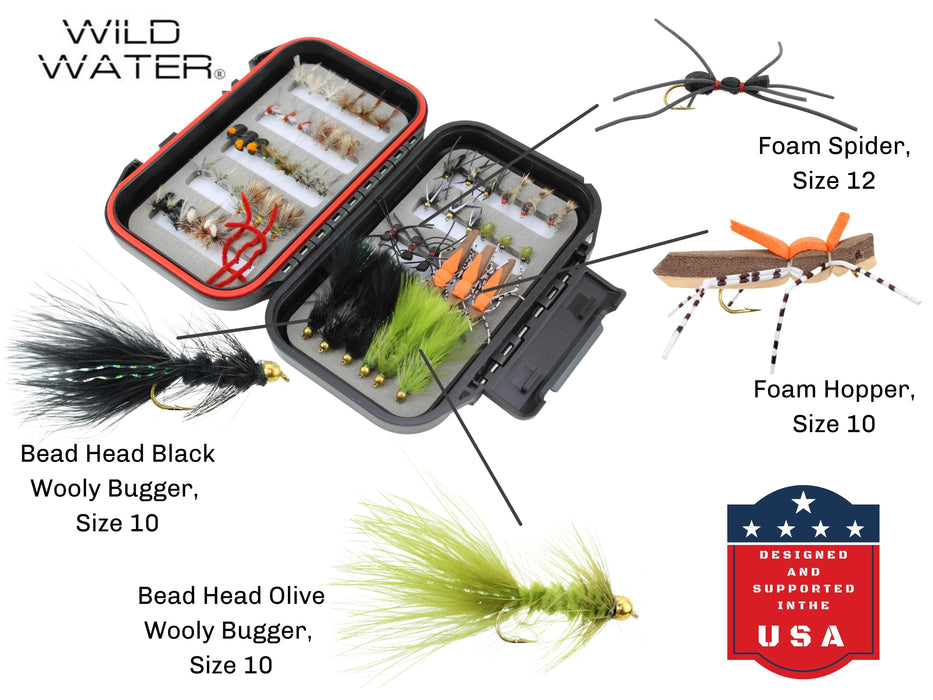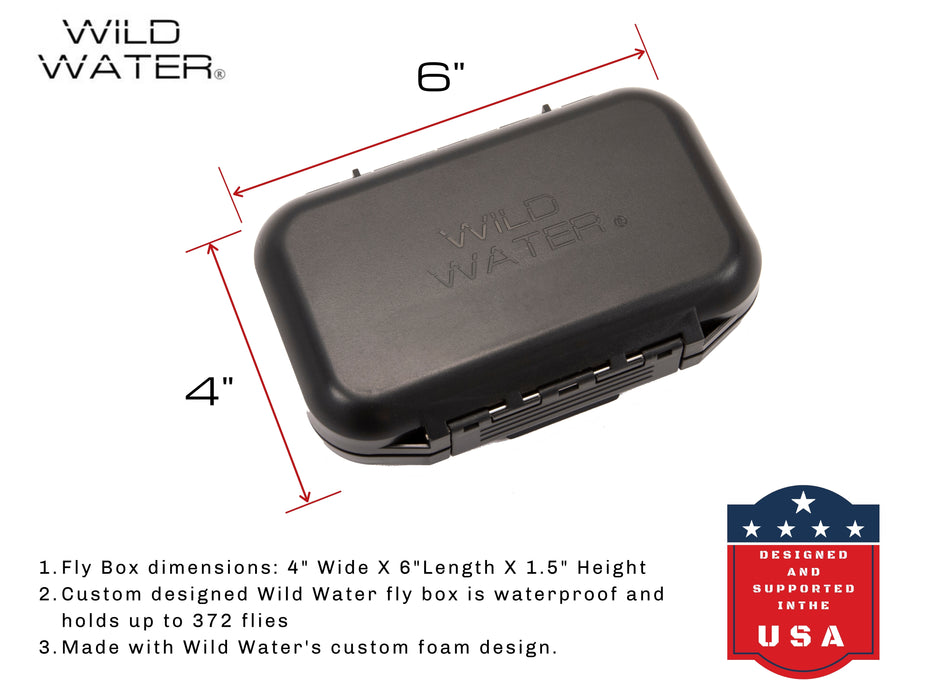Nice job, you’ve just purchased or received a brand new Wild Water Fly Rod. Our fly rods are pretty amazing bits of technology. They are able to cast a line, fight and land fish, and yet they weigh only a few ounces. Your fly rod is a curious mixture of strengths and weaknesses that require just a little attention to a few important details. Embrace the following advice and you’ll get a lifetime of service from your rod, and perhaps even pass it on to your son or daughter. Ignore it and you might ruin a day on the water, and you’ll probably be exercising the LIFETIME WARRANTY that comes with every Wild Water Fly Rod!
All Wild Water Fly Fishing fly rods are constructed of carbon fibers bonded with special resins that help to make your rod strong, responsive and light. At the same, fly rods are delicate instruments remarkably easy to care for properly.
- Protect Your Rod While Transporting Fly rods need to be protected from bumps of all kinds. Whether you’re checking your rod to fly to Alaska, or driving 5 minutes down the road, any kind of impact can create a stress point in the graphite layers that form a fly rod. Your rod might not fail then, but it will fail eventually - probably when you are playing that fish of a lifetime! Always use a case.
- Assemble Your Rod Carefully When assembling your fly rod, be sure the ferrules are aligned properly. Before pushing them together, make sure they are clean and free of grit or dirt. A small grain of sand can score graphite reducing its strength. Push the ferrules together firmly. Loose ferrules are a primary cause of rod breakage – check the rod periodically to make sure the sections have not loosened while fishing. As time goes on, normal wear on the male ferrule may loosen the fit. You can help prevent or remedy this situation by a light application of candle wax. Make sure the guides are aligned correctly.
- String Your Rod Carefully Sounds pretty obvious, doesn’t it? If fact, many anglers bend the tip of the rod at a sharp angle to pull the leader through, placing stress on the weakest part of any fly rod and increasing the chances of a break. You’re much better off to lay the rod down and “walk” the line through each guide
- Casting with Weighted Flies Today’s fly fisherman uses a wide variety of fly types while fishing. If you’ve ever caught a conehead wooly bugger or a clouser in the back of the head while casting, you know how fast these little missiles can hit. Imagine what weighted flies can do to your fly rod. Learn to adjust your casting style to take this into account and you’ll avoid that collision.
- Balance Your Tackle Using over sized tippet on your rod is a sure way to risk breaking it. 3 wt rods are not designed to handle 25 lb test leaders. Always stick to the recommended line weight and tippet sizes.
- Playing a Fish When you’re fighting a fish, be careful not to reel the leader into the end of the rod. The leader to fly line connection can sometimes become stuck in the guides or tip causing a broken leader, lost fish, or worse yet, a broken rod. Remember that rods are designed to distribute stress throughout the entire length of the rod. If you reach above the handle to get better leverage on a fish, you’ve just changed the focal point for stress. Try to avoid the “Death Angle” that occurs when you tip the rod back to bring a fish closer to the net. All the stress is on the tip at this point. A better choice is to back up, or move to the other side of the boat to bring the fish to the guide or whoever is netting it.
- Hung Up in A Tree or Other Snag It happens to nearly everyone sooner or later: you get hung up in a tree and don’t want to ruin the fishing hole. You give a few tugs with your rod, but the fly remains stuck. You pull a little harder and then you lose your patience and really yank. Pow! To get off a snag, point the rod directly down the line and pull on the line. Either the fly will come lose, or the tippet will break. Your best option is to walk or row to the snag, and get the fly out by hand.
- Some Other Great Tips Here are a bunch of simple things you can do to save your 4 piece fly rod from becoming a 5, 6, or 7 piece rod.
- Walking with a Fly Rod Avoid disaster by always walking with your fly rod pointed behind you. If you fall or walk into something, your rod won’t go tip first into the ground or a tree.
- Car Doors Car doors like to eat fly rods. Whenever possible, do not lean your rod against the car. The slightest gust of wind or vibration can make it slide into the door hinge or other unfriendly place. Better to move away from the car while stringing up your rod or getting other tackle out.
- Laying Rods on the Ground You’ve just caught a big, beautiful fish and of course you want a picture. What do you do with your rod? Don’t lay it on the ground or someone will undoubtedly step on it. Lean it against a bush, tree, anything that makes it stand up so you and others can see it.
- Boats and Rods Laying a rod in a boat is almost like asking someone to break it. Invest in some rod holders, or stow your rods until they are needed.
- Rods Indoors If you travel to the Caribbean to fish, or live somewhere warm, you will probably see an overhead fan in your room. Should you forget it’s there and put your rod together indoors, don’t be surprised if you break the tip. Nine foot fly rods don’t fit all that well in rooms with eight foot ceilings.
